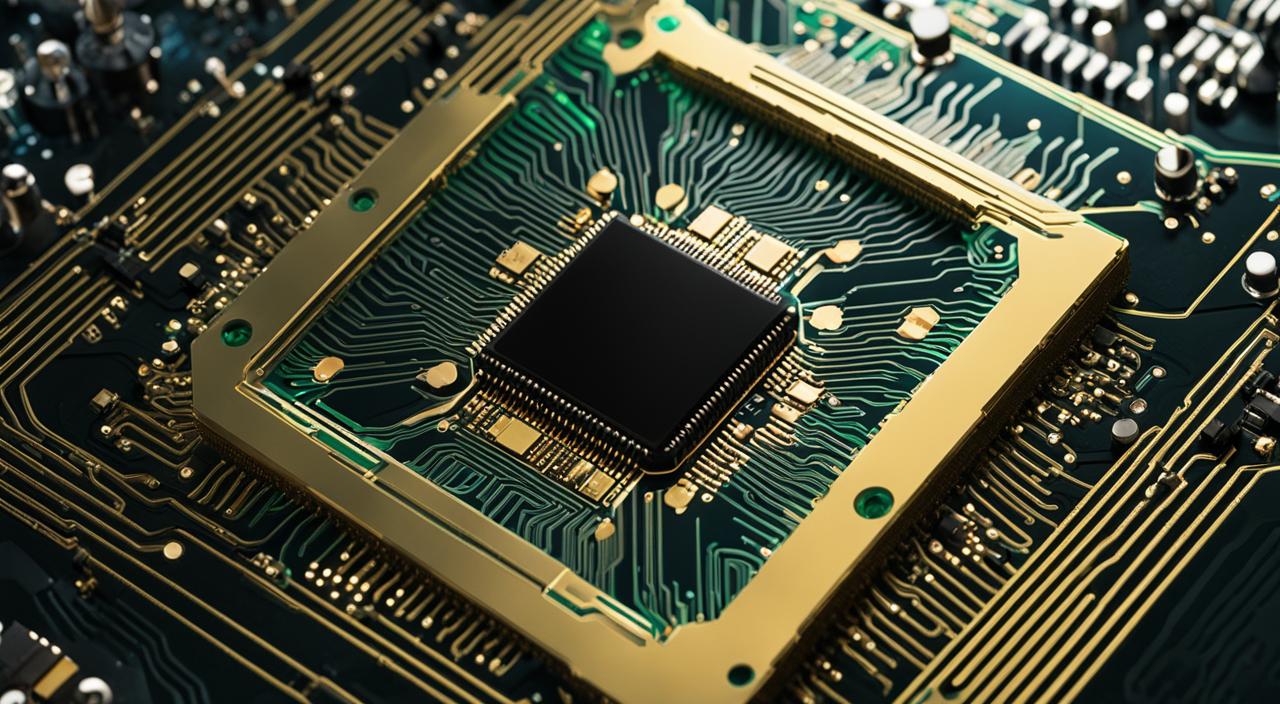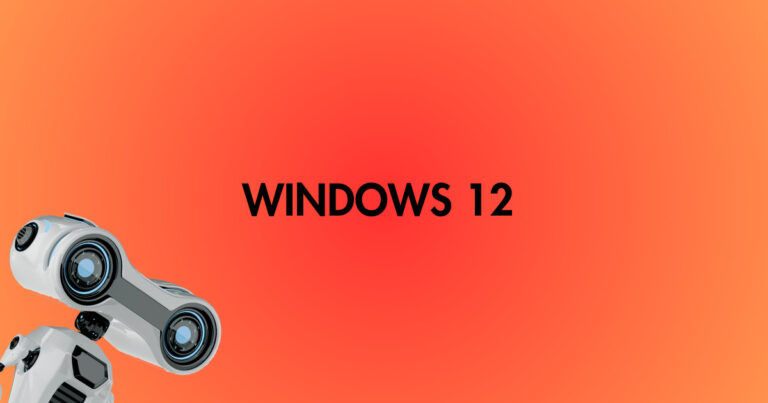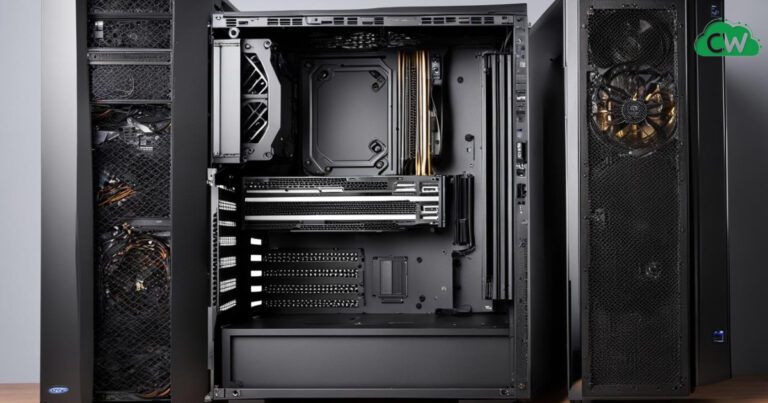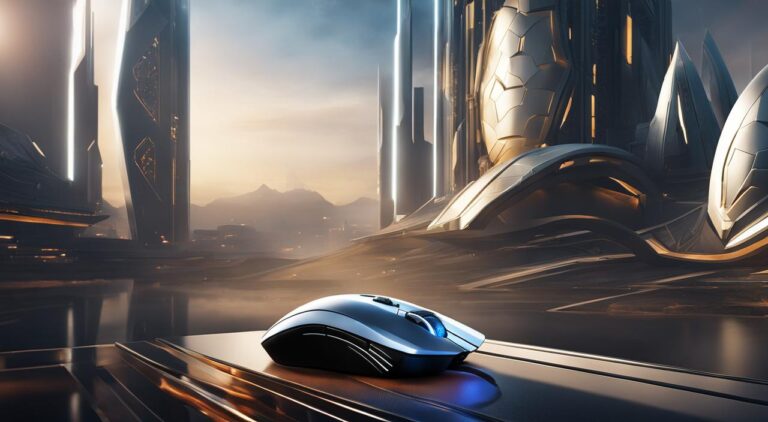Do All CPUs Have Integrated Graphics? (Pros/Cons and More)

Not all CPUs have integrated graphics. The presence of integrated graphics can vary depending on the brand, model, and series of the CPU. Some CPUs come with an integrated graphics processor (IGP) built into the CPU, while others do not.
For example, Intel’s 8th Gen Coffee Lake series and AMD Ryzen chips have integrated graphics, but older versions do not. It is important to check the specifications of the CPU to determine whether or not it has integrated graphics.
How Integrated Graphics Affect CPU Performance
Integrated graphics, found in certain CPUs, can have an impact on overall performance. However, it is important to note that CPUs with integrated graphics do not necessarily halve the effective performance.
This misconception arises from the fact that integrated graphics consume a portion of the CPU’s bandwidth. Nonetheless, this only becomes relevant if you do not have a separate graphics card.
If you have a dedicated graphics card, the integrated graphics remain unused and do not affect the overall performance of the computer. The dedicated graphics card takes precedence and handles all the graphic processing, leaving the CPU free to focus on other tasks.
Therefore, the impact of integrated graphics on performance is minimized when a dedicated graphics card is present.
However, it is important to consider your specific needs and usage when determining whether integrated graphics will meet your requirements or if you need to upgrade to a CPU without integrated graphics.
If you rely on the integrated graphics for tasks such as video editing, image rendering, or casual gaming, it may impact the available resources for other tasks.
In such cases, opting for a CPU without integrated graphics or adding a dedicated graphics card to your system can ensure smoother and more efficient performance.
Advantages and Disadvantages of CPUs with Integrated Graphics
CPU with integrated graphics offer several advantages and disadvantages that you should consider before making a decision. One of the main advantages is cost-effectiveness. If you don’t have a dedicated graphics card or if you’re on a tight budget, CPUs with integrated graphics can be a more affordable option.
They allow your computer to run without the need for a separate graphics card, saving you money.
Another advantage is that CPUs with integrated graphics do not require a separate power supply or take up extra space on the motherboard.
This can be beneficial if you have limited space in your computer case or if you prefer a more compact build. Integrated graphics also tend to consume less power compared to dedicated graphics cards.
However, there are also some disadvantages to consider. Integrated graphics are generally not as powerful as dedicated graphics cards, which means they may struggle with graphically demanding tasks such as gaming or video editing.
If you’re a professional gamer or work with graphics-intensive applications, you may find that integrated graphics don’t meet your needs.
Additionally, CPUs with integrated graphics share system resources, such as RAM, with the CPU.
This means that if you’re using the integrated graphics, it can potentially impact the overall performance of your system. Other tasks that require CPU or RAM resources may be affected, leading to slower performance in certain scenarios.
Ultimately, the decision to choose a CPU with integrated graphics or without depends on your specific needs and budget. Consider what tasks you will be performing on your computer, whether you plan to use a dedicated graphics card, and how much you are willing to spend.
If cost-effectiveness and space-saving are important to you, a CPU with integrated graphics may be a suitable choice.
However, if you require more powerful graphics capabilities or if you want to avoid potential performance issues, opting for a CPU without integrated graphics and investing in a dedicated graphics card may be the better option.
Choosing the Right CPU for Your Needs
When it comes to selecting a CPU, there are a few crucial factors to consider in order to make the right choice. One key consideration is whether you require integrated graphics or if you plan to utilize a dedicated graphics card.
If you already have a dedicated graphics card or have plans to use one in the future, opting for a CPU without integrated graphics can provide you with enhanced processing power.
This is particularly beneficial for tasks that demand high-performance computing such as gaming or graphic design.
On the other hand, if you don’t have a dedicated graphics card or aim to save on costs, a CPU with integrated graphics can be a suitable option. It allows your computer to function without the need for an additional graphics card, making it a more budget-friendly choice.
Aside from integrated graphics, you should also consider other factors like your budget, the specific tasks you’ll be performing, and potential future upgrades or expansions to your system.
By taking these elements into account, you can ensure that the CPU you choose perfectly aligns with your individual needs and preferences.






